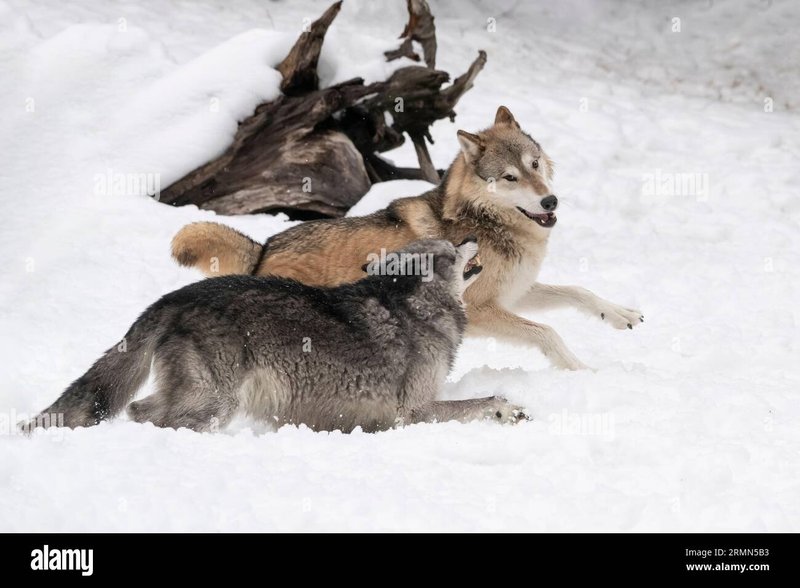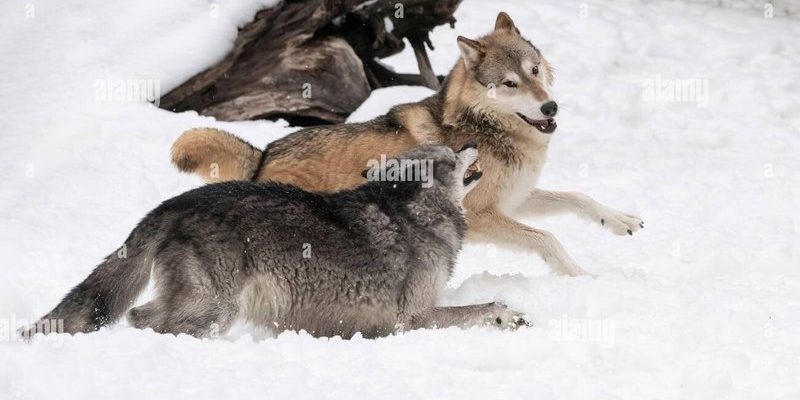
So, what exactly are wolf worms? These pesky little parasites, also known as *larvae of the bot fly*, can infect the skin of wild animals, leading to discomfort and potential health issues. Animals have developed some fascinating grooming behaviors in response to these unwelcome guests. Picture a wild animal, scratching and biting at its skin, trying to rid itself of a bothersome itch. This behavior is not just instinctual; it’s often a matter of survival. Let’s dive into the world of wild animal grooming and how it relates to dealing with wolf worms.
What Are Wolf Worms?
To grasp why grooming behavior is so important for wild animals, it’s essential to first understand what wolf worms are. These larvae are a stage in the lifecycle of certain fly species that lay their eggs on the skin of animals. When the larvae hatch, they burrow into the skin, feeding off the host’s tissue. Sounds gross, right? Well, this infestation can lead to infections and severe irritation for the animals affected.
Wolf worms typically target mammals, including deer and other wildlife. However, they are not as picky as you might think; they can also infest domestic animals. You might be wondering how common these infestations are. While they aren’t everyday occurrences, they do happen often enough to concern wildlife experts and veterinarians alike.
Knowing how dangerous these parasites can be, it’s easy to see why animals would have grooming behaviors to protect themselves. Grooming isn’t just for keeping tidy—it’s a vital part of managing their health and preventing serious issues caused by wolf worms.
How Animals Groom Themselves
Grooming behavior varies widely among different species. Some animals, like cats and primates, are known for their meticulous grooming habits, while others might take a more rugged approach. Animals may lick, scratch, or rub against objects to remove dirt, parasites, or anything that doesn’t belong.
Let’s break down some common grooming techniques:
- Licking: This is the most common method. Animals use their tongues, which are often rough, to scrape off dirt and parasites.
- Scratching: Using their claws, many animals will scratch at their skin to relieve itching or irritation.
- Rubbing: Some animals, like elephants, may rub against trees or the ground to dislodge parasites or dead skin.
These grooming practices can be seen as a way for animals to maintain their defenses against threats like wolf worms. By keeping their skin clean, they can prevent these parasites from taking hold and, in turn, safeguard their overall health.
The Role of Social Grooming
Interestingly, grooming isn’t always a solo act. Many wild animals engage in social grooming, a behavior where they clean each other. This is particularly common in primates, but you can find it in other species too, like elephants and birds. *Why do they do this?* It helps strengthen social bonds, but it also serves a practical purpose: removing parasites from hard-to-reach spots.
Social grooming can be a community effort, allowing animals to collectively defend against wolf worms and other pests. By helping one another, they enhance their group’s overall health. Imagine a troop of monkeys sitting together, each taking turns to groom one another, while also watching out for potential threats in their environment.
This cooperative behavior underscores the importance of grooming in the animal kingdom, especially when it comes to combating pests like wolf worms and maintaining group cohesion.
Grooming and Stress Relief
In addition to cleaning and social bonding, grooming plays an essential role in stress relief for animals. You might find it interesting how similar animals and humans can be in this regard. Just like how you might unwind with a nice bath after a long day, animals often groom themselves to soothe nervous or agitated feelings. Grooming releases endorphins, which can elevate mood and calm anxiety.
When wild animals are infested with wolf worms, they may experience increased stress and discomfort. Frequent grooming can help alleviate some of this psychological strain. Think about it: if you had a persistent itch, wouldn’t you feel a little more relaxed after scratching it? For animals facing the threat of parasites, grooming can be a crucial part of their coping strategy.
Grooming as a Defense Mechanism
In the battle against wolf worms, grooming acts as a first line of defense. By removing dirt, debris, and harmful parasites, animals improve their chances of staying healthy. If an animal can keep its skin clean, it’s less likely to suffer from infestations.
Moreover, certain species have developed unique adaptations to tackle these threats. For example, some birds can be seen following larger mammals, picking off ticks and other parasites from their fur. This behavior not only helps the bird find food but also assists the mammal in staying healthy.
It’s a win-win situation! This type of mutualism highlights how interconnected the animal kingdom is and how grooming can play a vital role in survival.
Grooming behavior in response to wolf worms is a fascinating topic that uncovers the complexities of wildlife survival. While it may seem like a simple act of cleanliness, grooming serves many vital functions. It’s about much more than just looking good; it’s a necessary response to threats and environmental challenges.
From individual grooming techniques to social interactions, animals have developed a wide range of strategies to deal with parasites like wolf worms. By understanding these behaviors, we can gain a greater appreciation for the intricate lives of wild animals and the challenges they face.
So next time you see wild animals in action, take a moment to observe their grooming habits. You might just witness a captivating example of nature’s resilience and adaptability.

